About 2 years ago, a new coral reef was announced in the murky Atlantic Ocean water off of the Amazon River. It is larger than Delaware, thought to be around 160 miles long. It was discovered in 2012. But the existence of the reef was suggested in a 1977 research paper. The reef is a surprise since light and oxygen are very low in these waters and the Amazon empties into the Atlantic Ocean nearby. This reef is at depths from 160 to 320 feet, where the sea above is very rough. This depth places the reef below the lighter freshwater plume of the Amazon River discharge. PH, salinity and sedimentation is also different from other reefs. There have been 38 coral species found so far, 26 soft and 12 stony corals including Favia. There are also round red coralline algae in the form of Rhodoliths. These rocky growths have a calcium carbonate structure. Rhodoliths are found in many places from the arctic to the tropics, but usually only found down to around 150 ft. The largest Rhodolith beds are off Brazil. Rhodoliths also provide hard structures for algae to hold onto. Kelp is one example. Note that Brazil also has some more typical shoreline reefs.
There have been 61 species of sponge found, many are new to science.
Take some time to search for and read about the New found Amazon Reef.
Location of the newly discovered reef.
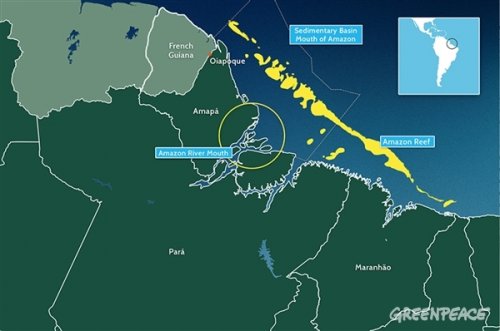
Coral from the reef.
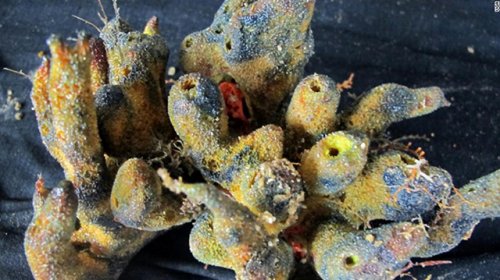
Colorful reef photo.
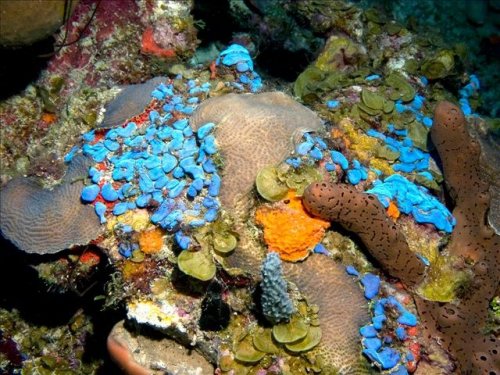
Some reef inhabitants are sponges.
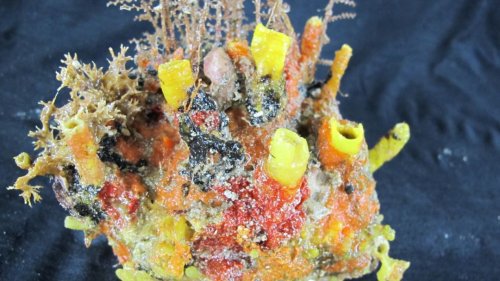
Rhodolith bed.
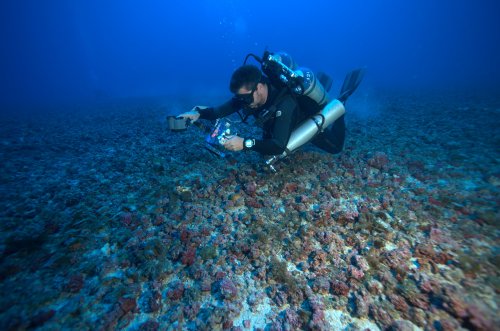
Another picture.
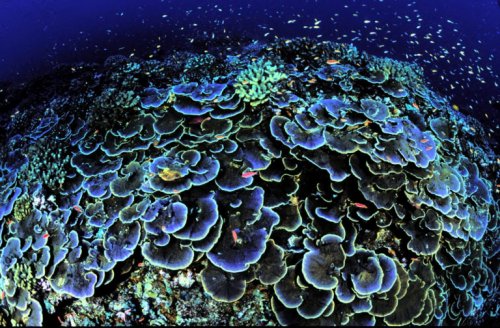
There have been 61 species of sponge found, many are new to science.
Take some time to search for and read about the New found Amazon Reef.
Location of the newly discovered reef.

Coral from the reef.

Colorful reef photo.

Some reef inhabitants are sponges.

Rhodolith bed.

Another picture.


